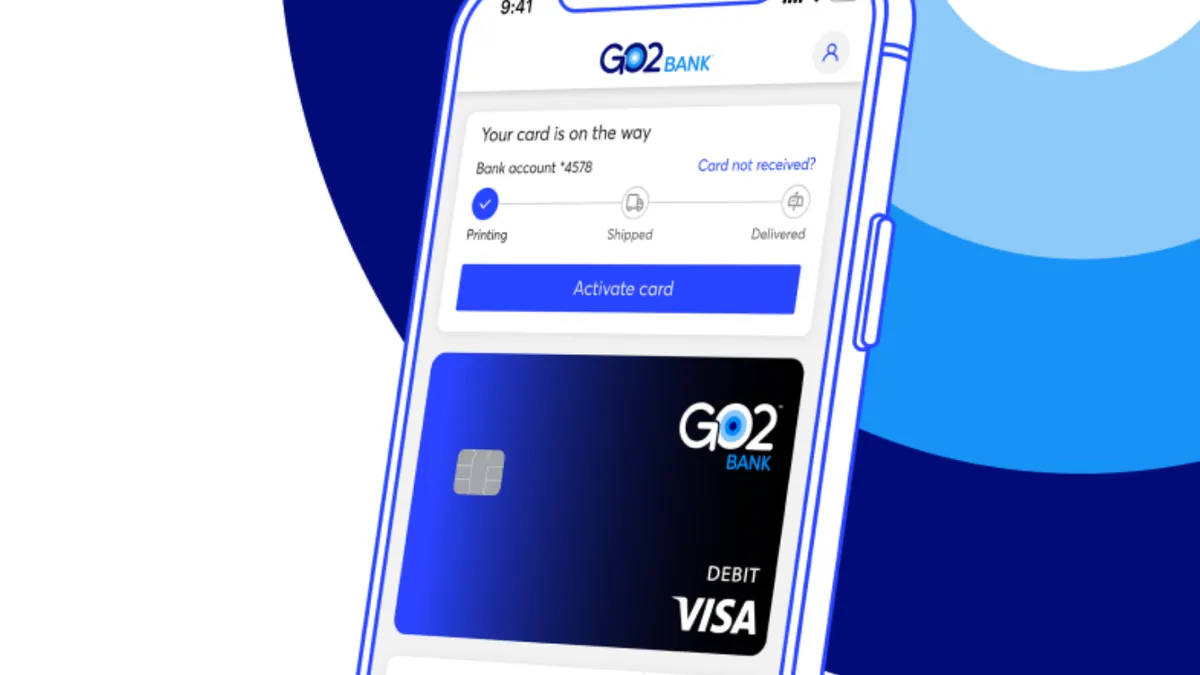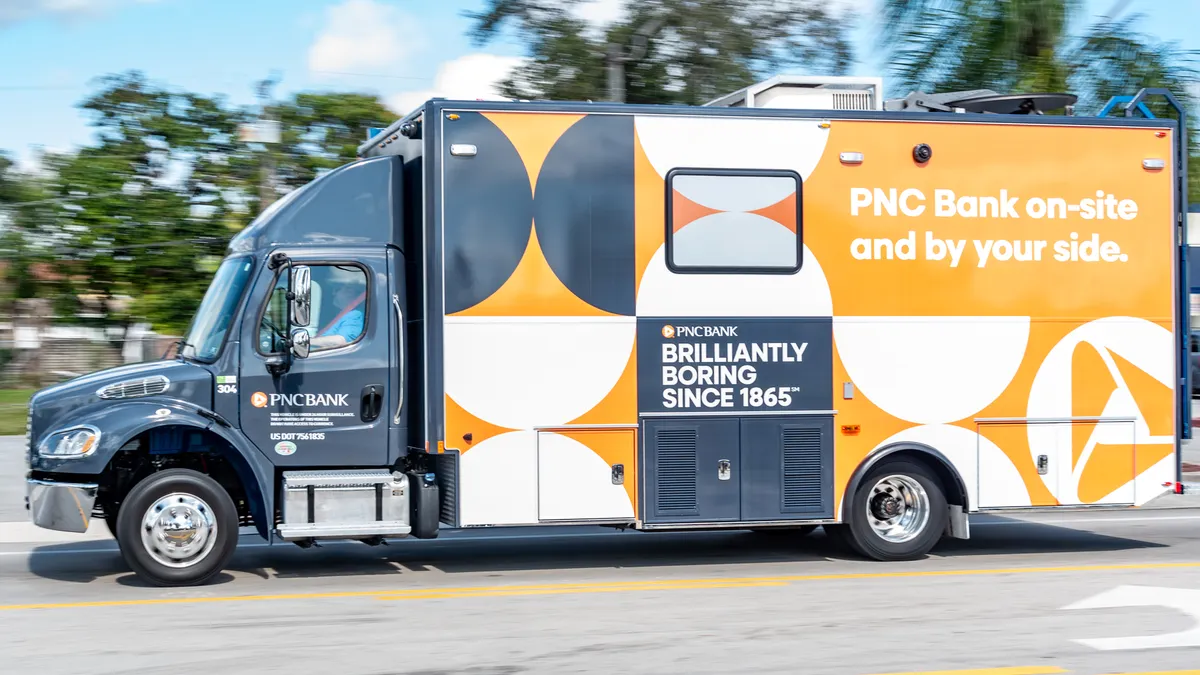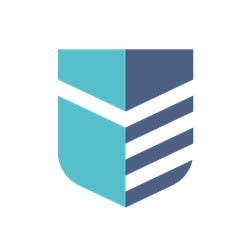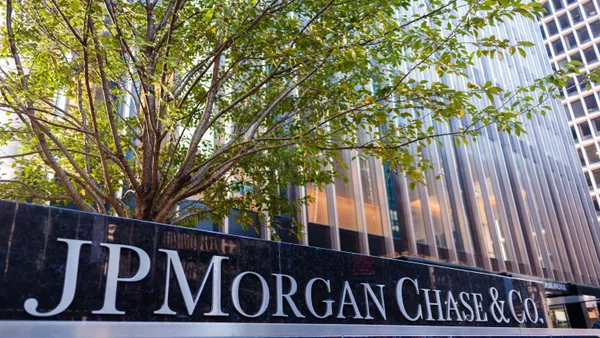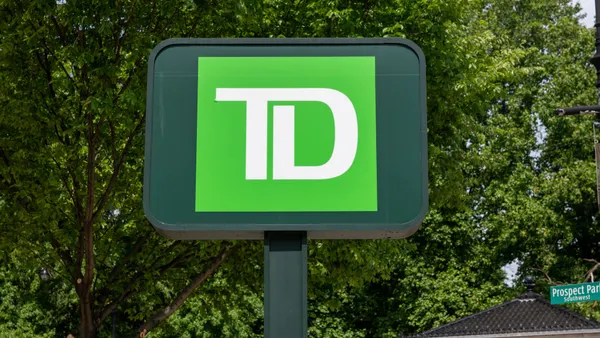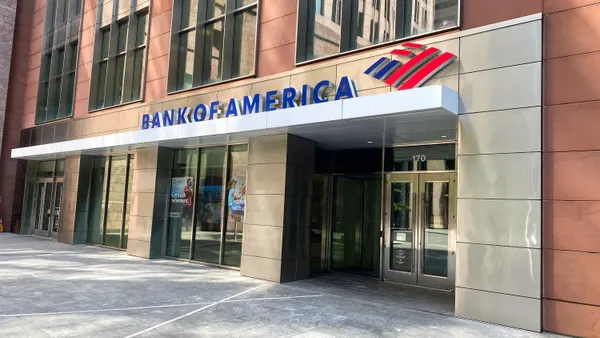Dive Brief:
- Challenger bank Green Dot is partnering with Plaid in a move that lets users of the Green Dot GO2bank platform connect their bank account to the apps that pay the data aggregator for banking information, according to a press release Tuesday.
- The deal allows Plaid Exchange to act as a conduit so GO2bank users won’t have to type their bank usernames and passwords into the apps of Plaid’s more than 6,000 partners.
- Green Dot and Plaid are couching the partnership as an equalizer of sorts. GO2bank was launched early last year to capture the low- to moderate-income demographic. The deal would give Green Dot customers the same direct route to Plaid that many larger banks have already negotiated.
Dive Insight:
Large banks such as JPMorgan Chase, in recent years, created their own in-house application programming interfaces (APIs) to stop screen scraping — once a dominant method of information sharing but one that led some banks to block data aggregators like Plaid.
Plaid Exchange was launched in 2020 as an alternative to screen scraping meant to give customers of smaller financial institutions the same digital options and pathways as larger ones.
“Plaid is working to ensure that inclusivity is the industry standard,” Ginger Baker, head of financial access for the data aggregator, said in Tuesday's press release.
“Consumers are increasingly using multiple types of apps and services to manage their financial lives,” Baker told American Banker. “So they expect interoperability to exist between those services.”
GO2bank’s user base leans heavily toward hourly and gig workers, and customers with an annual household income between $25,000 and $50,000 range, said Abhijit Chaudhary, chief product officer at Green Dot.
“They've been burned — they've had bad experiences in other institutions, or experiences that were not catered for them to solve their needs,” Chaudhary told American Banker.
“Our focus at Green Dot is giving all people the power to bank seamlessly, affordably, and with confidence,” he said in Tuesday's release.
That includes an emphasis on the unbanked and underbanked, which Green Dot targets through people's online footprints and partnerships with tax preparation companies.
Roughly 5.4% of U.S. households were unbanked in 2019, meaning they did not have any checking or savings accounts with banks or credit unions, the Federal Deposit Insurance Corp. (FDIC) found. However, that proportion is higher among lower-income, less-educated and nonwhite households.
The Government Accountability Office (GAO) this month estimated an additional 17.9% of U.S. households are underbanked, meaning although they have opened at least one checking or savings account, they use alternative financial services like check cashing or payday loans.



